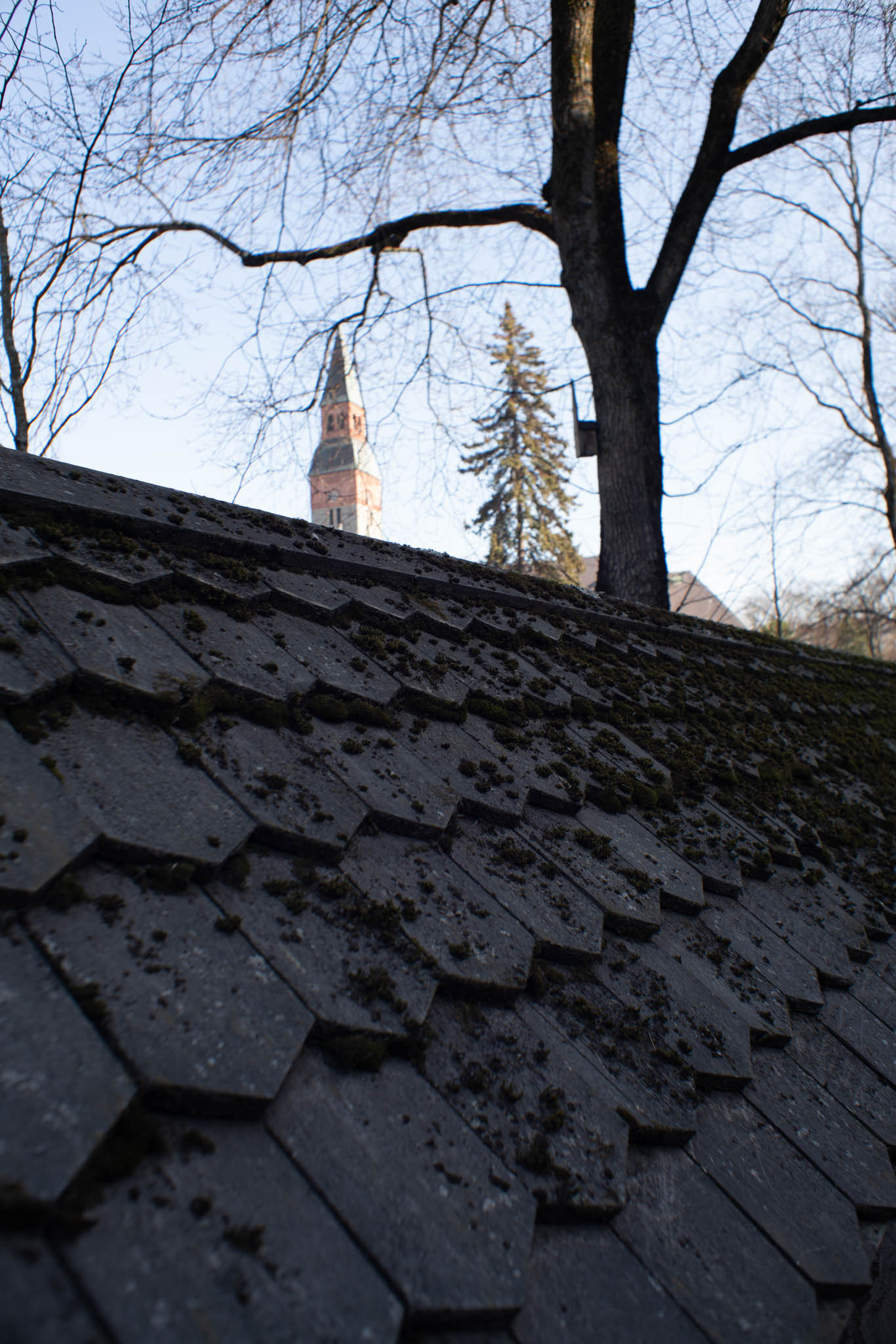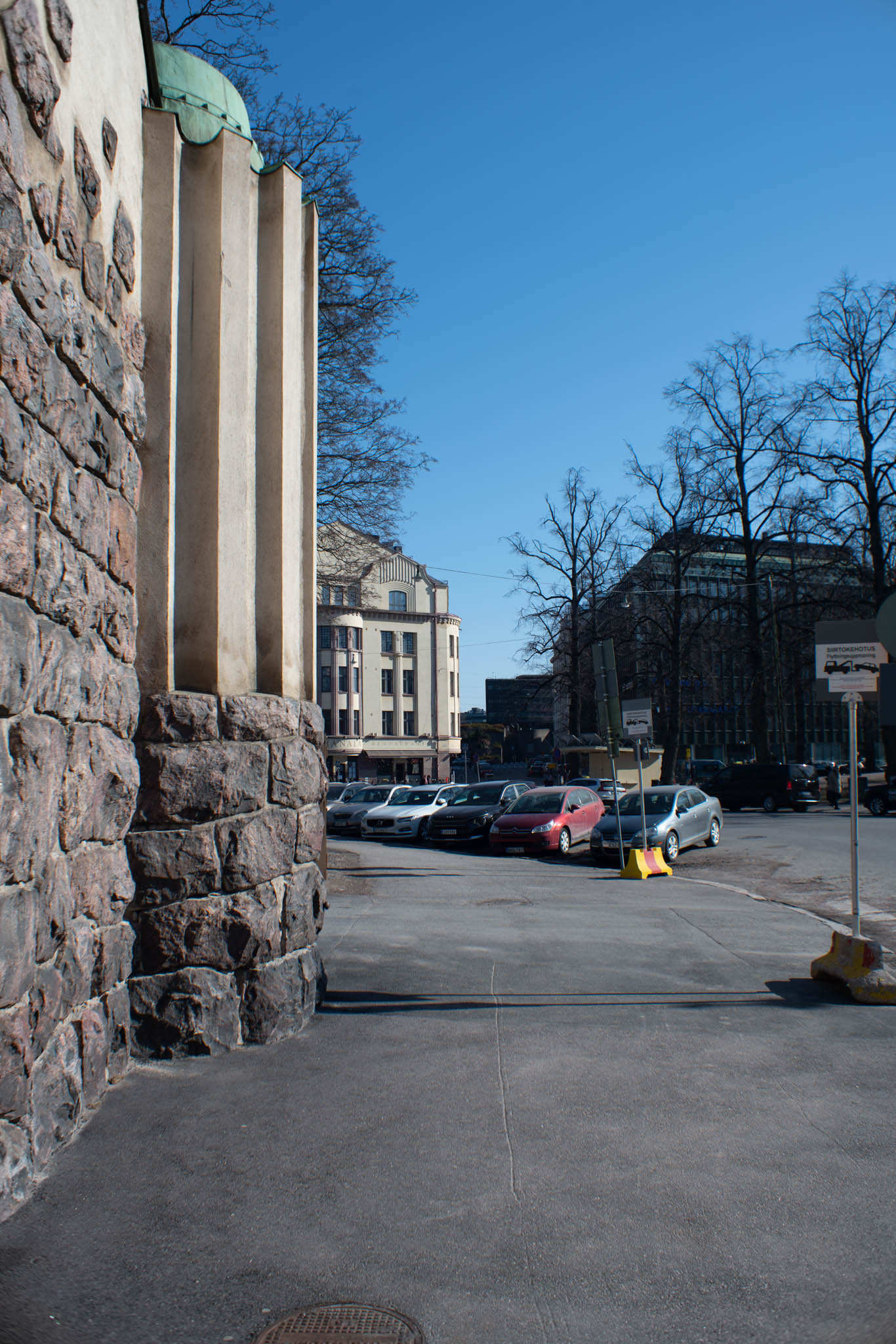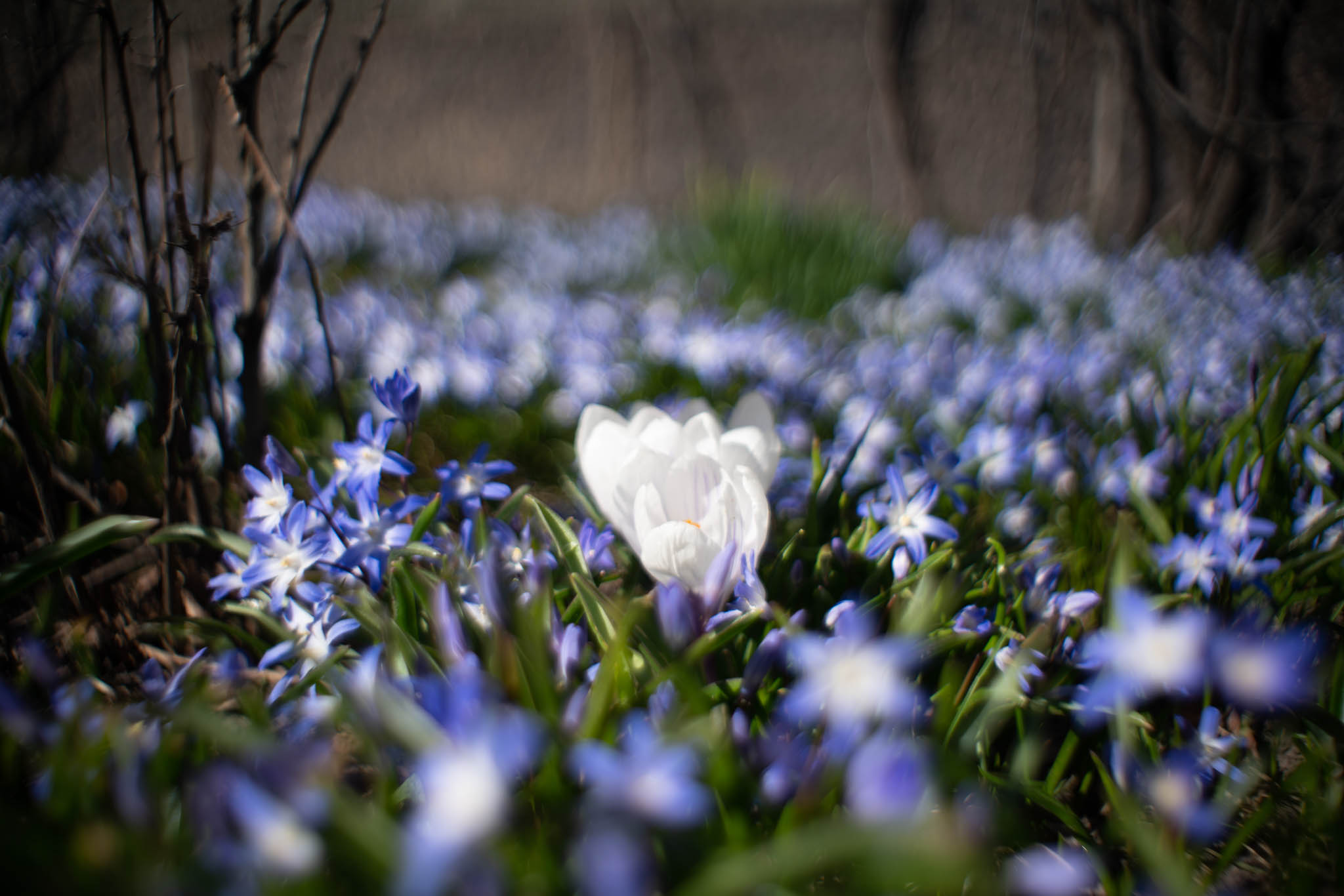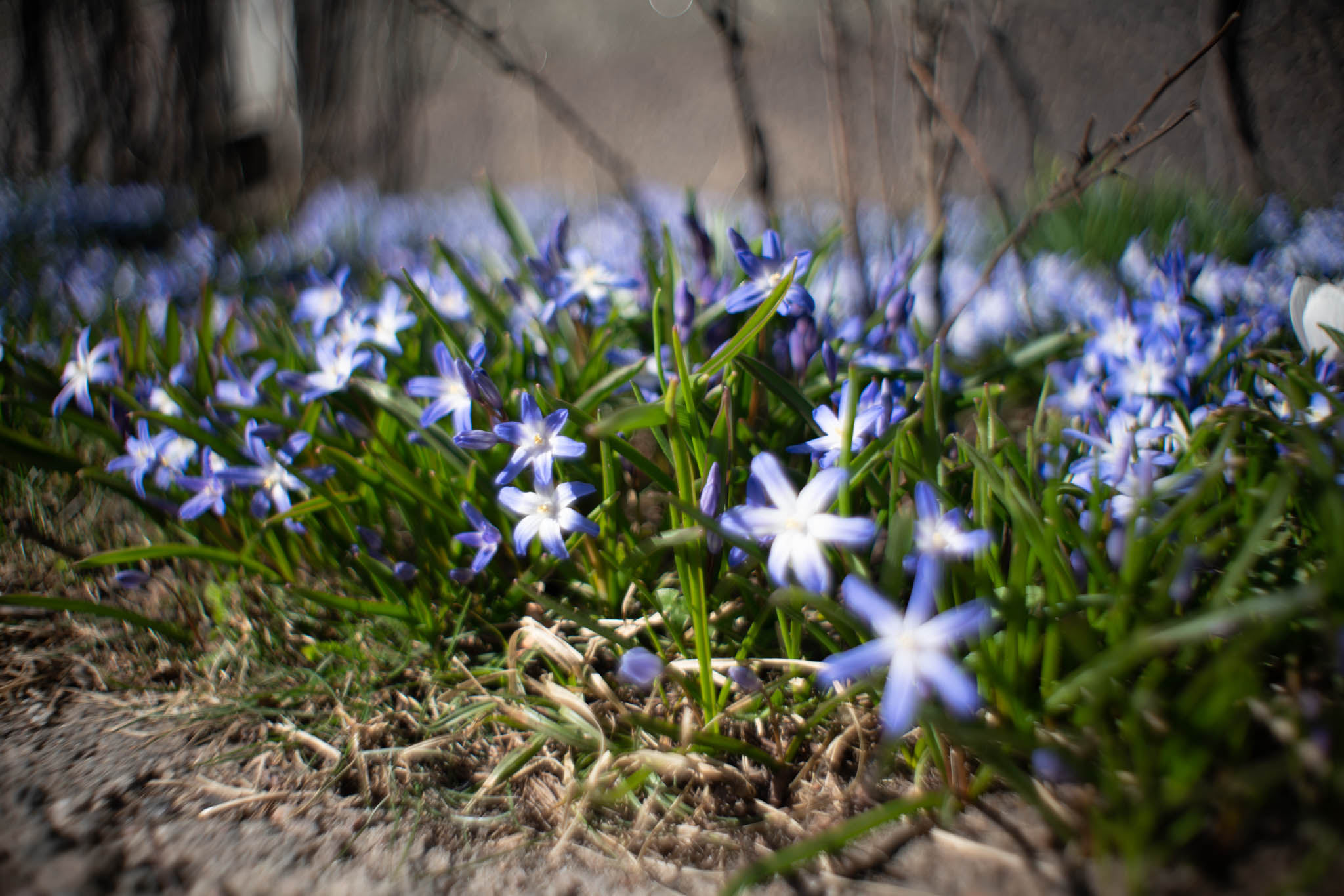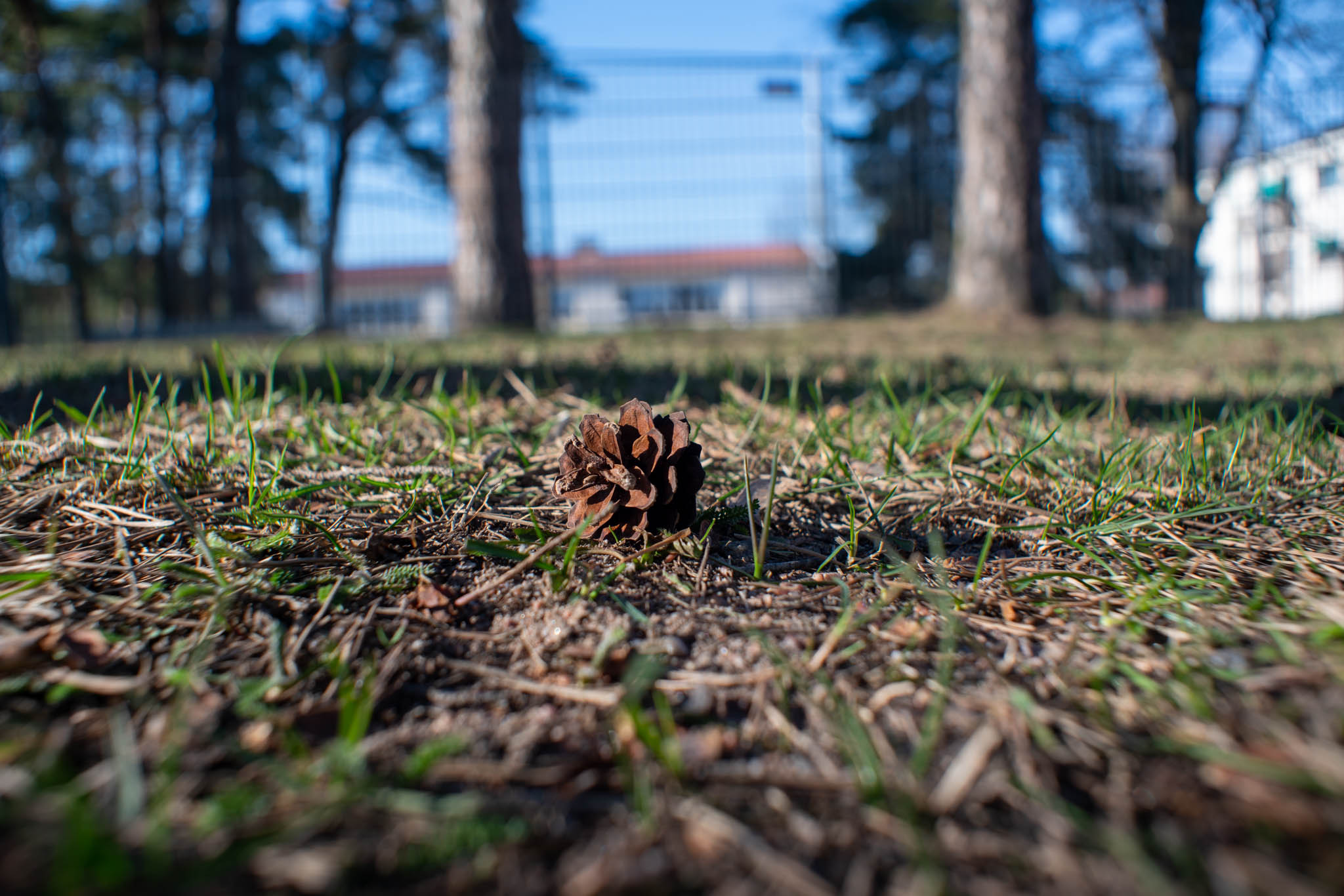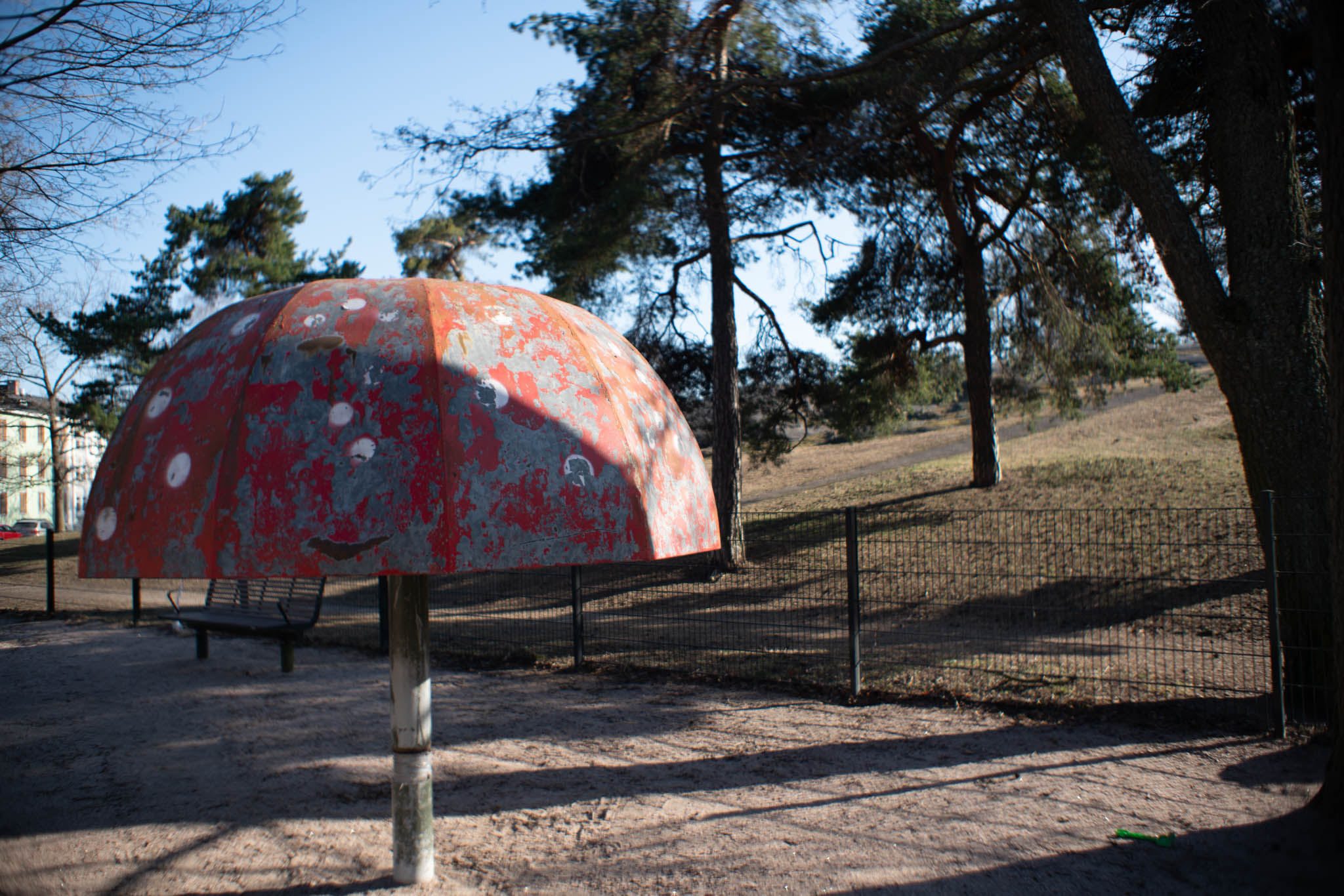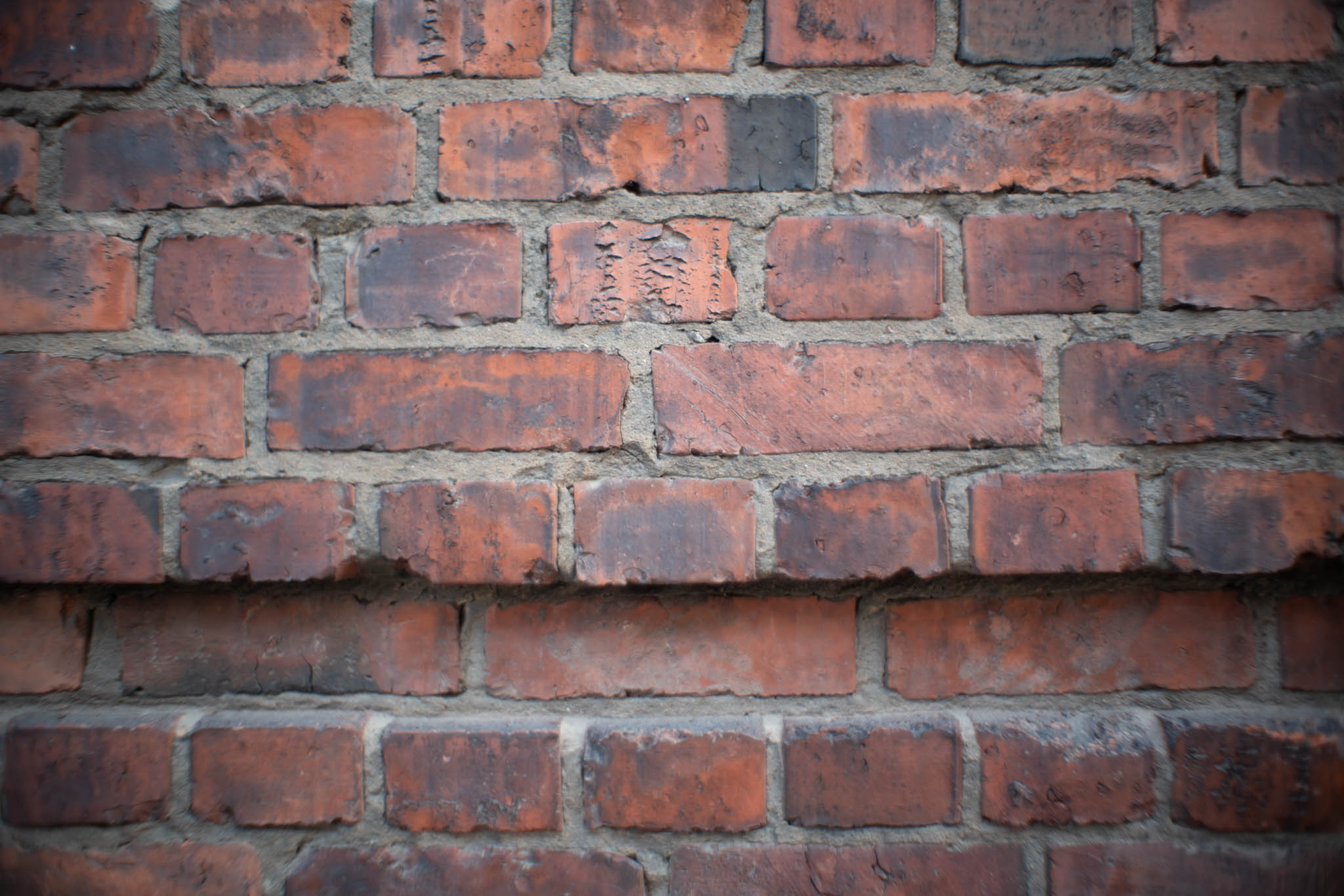Pekka Buttler, 18th April 2023
The lens’ data sheet is forthcoming
The setup
• Helsinki, Finland. 17th April between 14:30 and 17:30 a.m. and 18th April between 09:20 and 09:40
• Sony ⍺7R2, Fotga Canon FD – Sony FE adapter, Auto Promura MC 1:2 f=28mm
After a long and dark winter, Helsinki is starting to come alive again. But after the winter-season (characterised with snow, and a general whiteout), we’re now in the dust-season. The snow has melted, but all the sand and stone clippings used to combat slipperiness have not been cleared away. Many of the images show those clippings. Air quality is dismal, and you do not need to be asthmatic to want to avoid the streets (hence also a general haziness in many of the images).
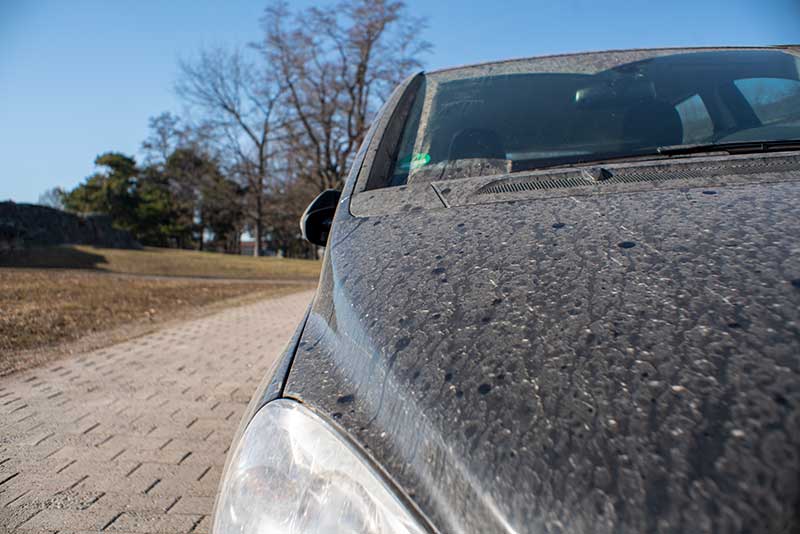
Promura 28 m f/2 @ f/5.6; 1/400 s; ISO 100
• My sample of the Promura is in very good condition. Outwardly it could be characterised as ‘mint’ and the optics are amazingly clean for a lens this age.
• Promura is one of the many rebranders – companies that offered third party lenses for various systems. Promura lenses are available at least in the following mounts: Canon FD, Contax/Yashica, Konica AR, m42, Minolta SR, Nikon F, Olympus OM, Pentax K. The tested sample uses a Canon FD mount.
• Based on the outwards appearance of exiting Promura-branded lenses, some seem to be rebranded Makinon’s, others look like contemporary Rokinon/Samyang lenses, with some coming from Mitake Optical.
• Very little information on this lens exists online, and only through some sleuthwork on eBay have I been able to ascertain that this same lens was also sold under the names Spiratone and Formula 5 and that this lens was manufactured by Mitake Optical – one of the less well known Japanese OEM manufacturers.

The Lived experience
[Please remember that all comments apply to me personally, and this specific sample]
The hassle:
No big hassle. Personally, I am not especially fond of adapting Canon FD mount lenses (too many control rings – what I call the 4-ring problem), but it is by no means difficult. Once you have securely mounted your FD lens on your adapter, mounted your adapter on your camera, and engaged the adapter’s aperture activation ring, you’re good to go.
That said, that list contains one step (the aperture activation ring) that you can omit on most other legacy lens mounts. Moreover, it is a step that makes your use of the lenses just that one inch more failure-prone.
The ergonomics:
If you’re no big fan of plastics or rubber, then this lens might suit your fancy, as the only point that uses something beside metal and glass is the focus ring, and even that rubber compound is hard enough that you might be fooled.
The focusing ring itself is relatively broad, and the resistance it offers is not bad at all, but the hard rubber compound in combination with the rather subdued patterning of the focus ring grip might mean that in winter you will need to squeeze the lens hard to have a secure grip on the focusing ring.
The aperture ring on the other hand is a bit scratchy and has an annoying false click (the first click, shortly after wide open, is actually the click for f/2). Otherwise the aperture ring does its job.
Otherwise there’s not really that much to tell. The lens feels like a relatively mint copy of one of that near-endless list of third party 28 mm lenses. Except for two things. First, the lens does have that f/2 maximum aperture that is not common – not among on-brand lenses, and especially not among off-brand lenses. Secondly, for being a 28 mm lens, this lens is rather big, and even among its 28/2 brethren this lens with its 62 mm filter threads is rather large.
The Image quality
I have not been pixel peeping, nor is this a side-by-side comparison, but even so, I must say the image quality characteristics of this lens were quite surprising.
First, with its generous size one could hope that the lens would have more than decent vignetting characteristics. Alas, that is not the case as the lens vignettes heavily at f/2 and f/2.8, significantly at f/4, and a tiny bit even at f/8. In fact, in some circumstances the vignetting is so heavy you might think the lens was designed for an altogether smaller sensor. While an extreme example (at infinity and at f/2) is visible below you can access a side-by-side comparison by clicking here.

Secondly, to say that the lens is soft wide open is somewhat of an understatement. In fact, the lens is so soft at both f/2 and f/2.8 to be quite unusable for normal photography. Because I do not want you to only be dependent on the gallery below to see the softness, here’s a small collage:
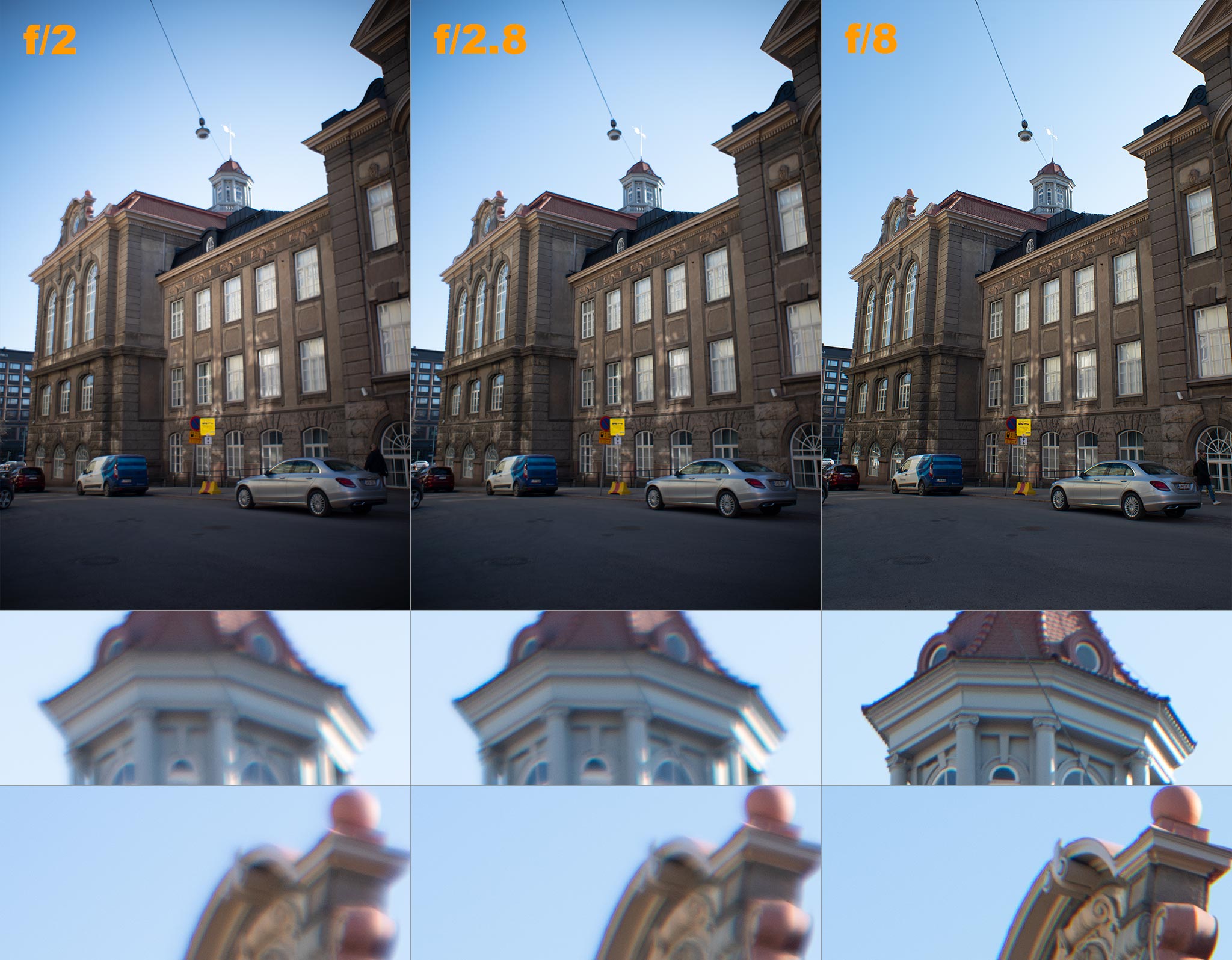
(click to open larger version)
The level of softness is so profound that it even manages to cover up the fact that the lens also suffers moderate amounts of lateral chromatic aberration.
And if you thought it could not get any worse, the lens suffers from significant field curvature. The shape of the field is reasonably even for about the centre 2/5 of the field, then curves a bit away (outward), only to curve very strongly away in the border areas (Here’s a full-res shot of a piece of weathered plywood to illustrate).
The lens produces clearly noticeable barrel distortion, but it is clean (not complex) and easily corrected in post.
In extreme situations, the lens evidences some veiling and ghosting, and it is quite evident that this lens is not on par with modern lenses and coatings. Out of focus background highlights (‘bokeh balls’) show clear outlining, but that is secondary to that the out-of-focus areas in general are very restless and all-over the place.
So is this lens useless? No and Yes and maybe No again.
No, because by f/5.6 the lens cleans up nicely and produces images that have good sharpness, decent contrast, nice colors and a generally pleasing feel.
Yes, because it makes no sense to buy an f/2 lens only to use it at f/8.
No (maybe) if you’re looking for a lens that has a very soft, erratic output wide open. Maybe I should see what kind of portraits the lens might produce…
The gallery
All images shot in RAW with Auto WB, IBIS on.
Post-processing: ACR Default, some crop and straighten (some images), NO changes to tone/exposure, Resize to 2048 px, save as JPG.




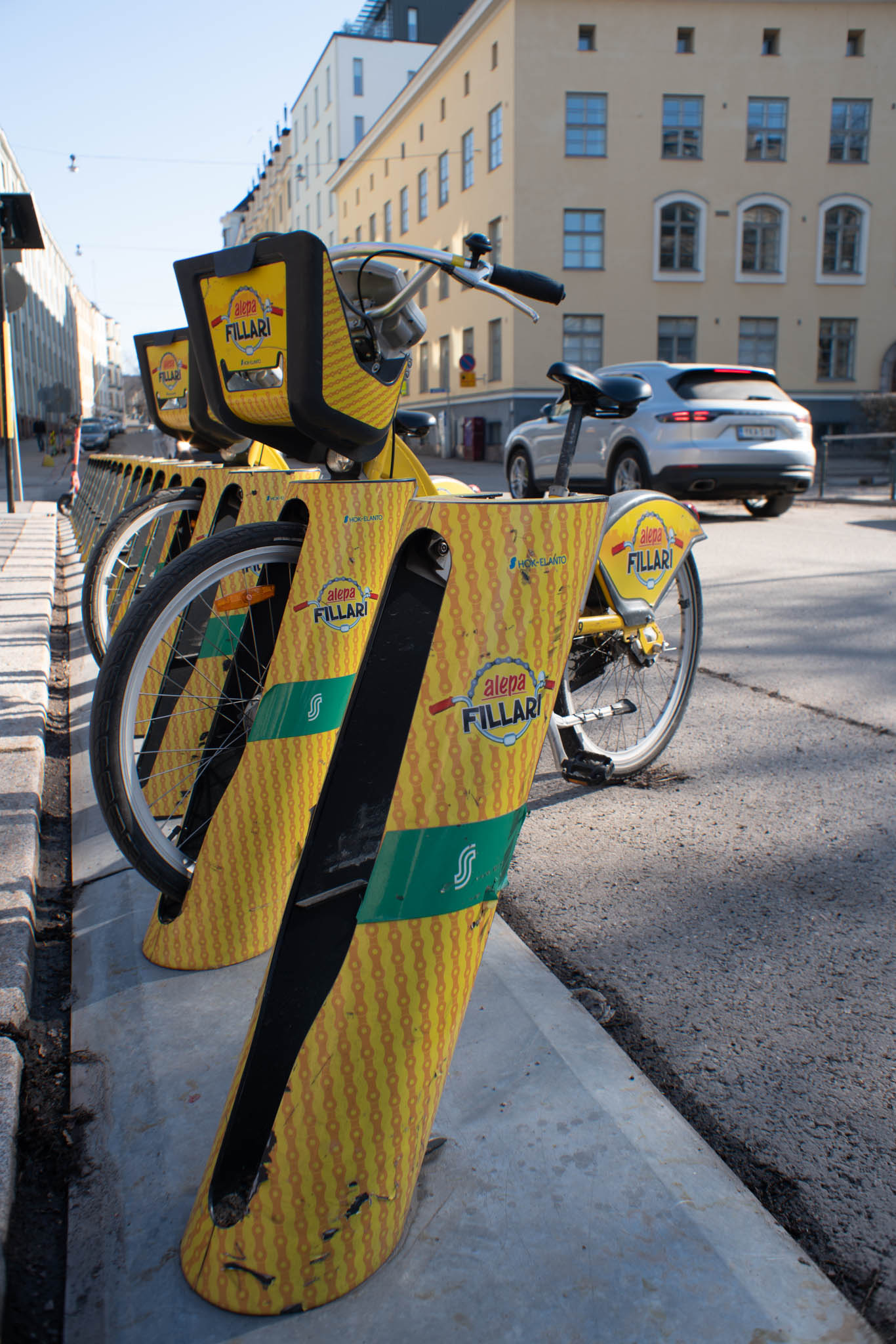
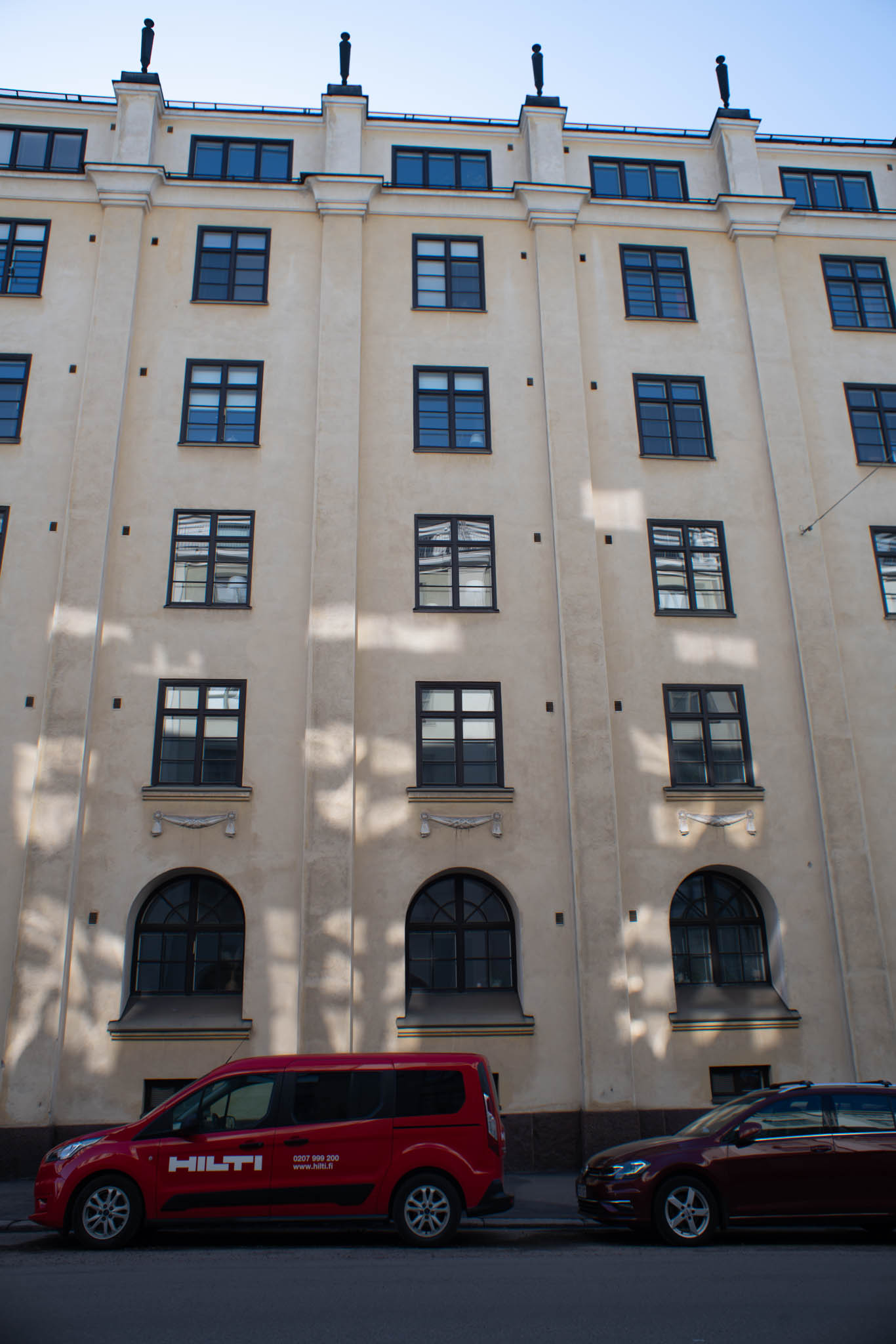
f/8, 1/160, ISO 100
